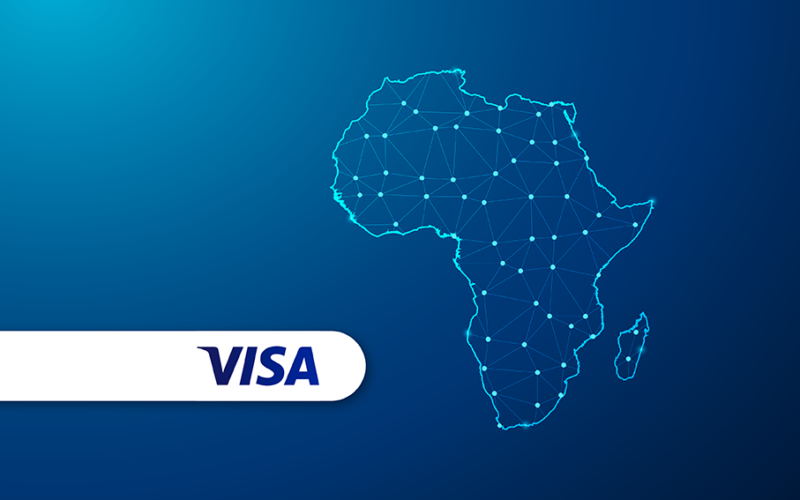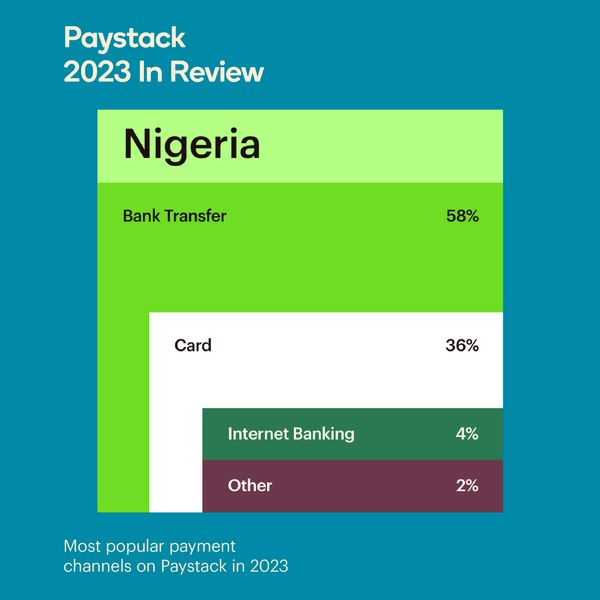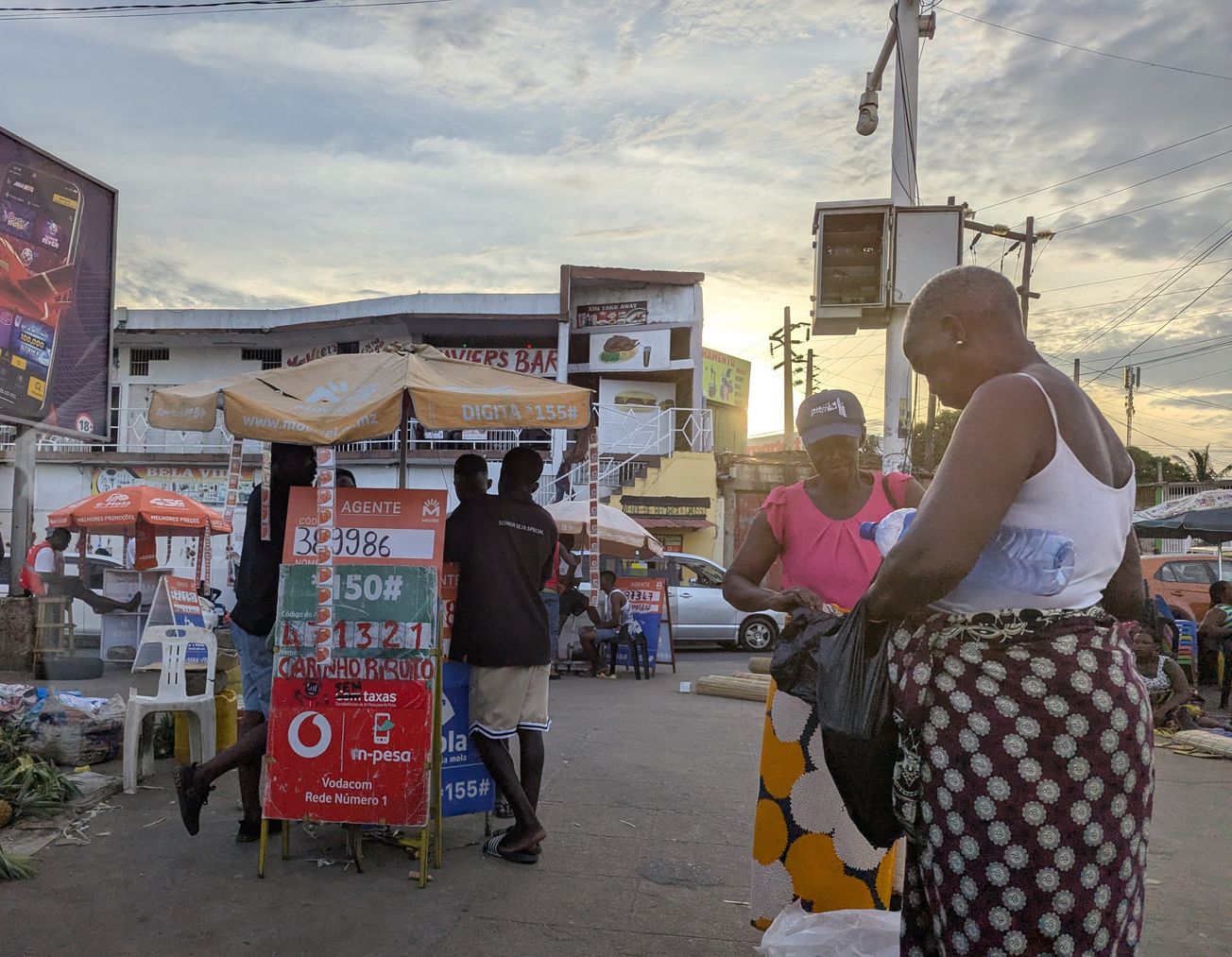Supply creates demand, a popular theme amongst the classical school of thought. Championed by Adam Smith, the idea was that the market will always be in equilibrium courtesy of price flexibility - a key tenet of the classical school of thought. Given this idea and the knowledge of Nigeria's financial inclusion problem, one might argue that improving the supply of financial services will eventually boost financial inclusion. This makes a lot of sense given that financial inclusion figures are stacked against Nigeria, as a large percentage of adults are unbanked or underbanked.
However, we must not forget the lessons of history so soon. In 1945, the validity of the idea that supply creates demand became faulty, as there was not enough demand to meet supply. In simple terms, we call it "Depression". In the world of economics, we think of depression as a bad recession. Recession itself is a term that refers to negative economic growth for two consecutive periods. This is fueled by a decrease in aggregate demand. John Maynard Keynes had a solution, which was to stimulate demand. This eventually set the economy on a path to recovery.
Putting this into perspective, Nigeria's financial Inclusion problem might not be a function of financial services supply but a function of Economic growth. How?
Nigeria's financial Inclusion problem might not be a function of financial services supply but a function of Economic growth.
A quick look at world bank's data on the average bank branches per 100,000 suggests that Nigeria is well below this indicator. In 2018, the world bank estimated that Nigeria had an average of 4.8 bank branches and 19 ATMs per 100,000 adults compared to the world average of 13 bank branches and 40 ATMs per 100,000 adults. While these statistics might lead us to conclude that the supply of financial services (bank branches per adult) is definitely the cause of Nigeria's financial inclusion problem, a quick look at the demand side suggests something different.

According to one of the findings of an EFInA report(EFInA's Access to Financial Services in Nigeria 2020 Survey), one of the biggest obstacles to having a bank account is little/irregular income - 34 per cent of the people surveyed claim.
This finding has an implication from a macroeconomic perspective. When income is aggregated, the result is Gross Domestic Product (Income approach) and this might be the root cause of Nigeria's financial Inclusion problems.
Using bank branches (Average of Zenith and First Bank) as a proxy for supply of financial services, data shows that bank branches increase as GDP increases (Economic growth). This implies that low GDP reduces the incentive to supply financial services. When a model (Regression Analysis) is fitted to the data, the result shows that bank branches will increase by 0.003 when GDP grows by 1 unit. The R-square value of 0.68 further supports the idea that the growth in the number bank branches is a function of economic growth.
Revisiting an Economic Idea
It will be safe to assume that in states where the number of bank branches are low, savings will also be low as there is no incentive to save owing to low income. This makes more sense when we look at the key tenets of the Keynesian consumption function.
According to Keynes, marginal propensity to consume (mpc) falls as income increases. The reverse will be the case when income falls. Since Keynes posits that the sum of mpc and mps is equal to 1, mps (marginal propensity to save) will behave differently when income increases. In other words, savings increase as income increases. So, for low income states, savings will be low and for high income states, savings will be high. Given the fact that savings is low for low income states, the incentive for banks to create more branches in these states is low and hence the problem of financial inclusion persists.
With 22 commercial banks, 20 micro finance banks, and over 200 fintech solutions in the country it is obvious that Nigeria's financial Inclusion problem is not a function of supply of financial service but economic growth.
So, in a case where financial Inclusion is a problem, we must be quick to tap into the idea of Keynes. In other words, stimulate the demand for financial services by pursuing policies that will improve economic growth. Economic growth leads to an increase in income, increased income will lead to a fall in MPC and definitely an increase in MPS. This will boost banks incentive to create more bank branches and thus an improvement in financial Inclusion.
Nigeria in focus
GDP: $432.294 billion in 2020 compared to $448.12 billion in 2019
Population: 206,139,587 in 2020 compared to 200,963,03 in 2019
GDP per capita: $2,097 in 2020 compared to $2,229 in 2019










